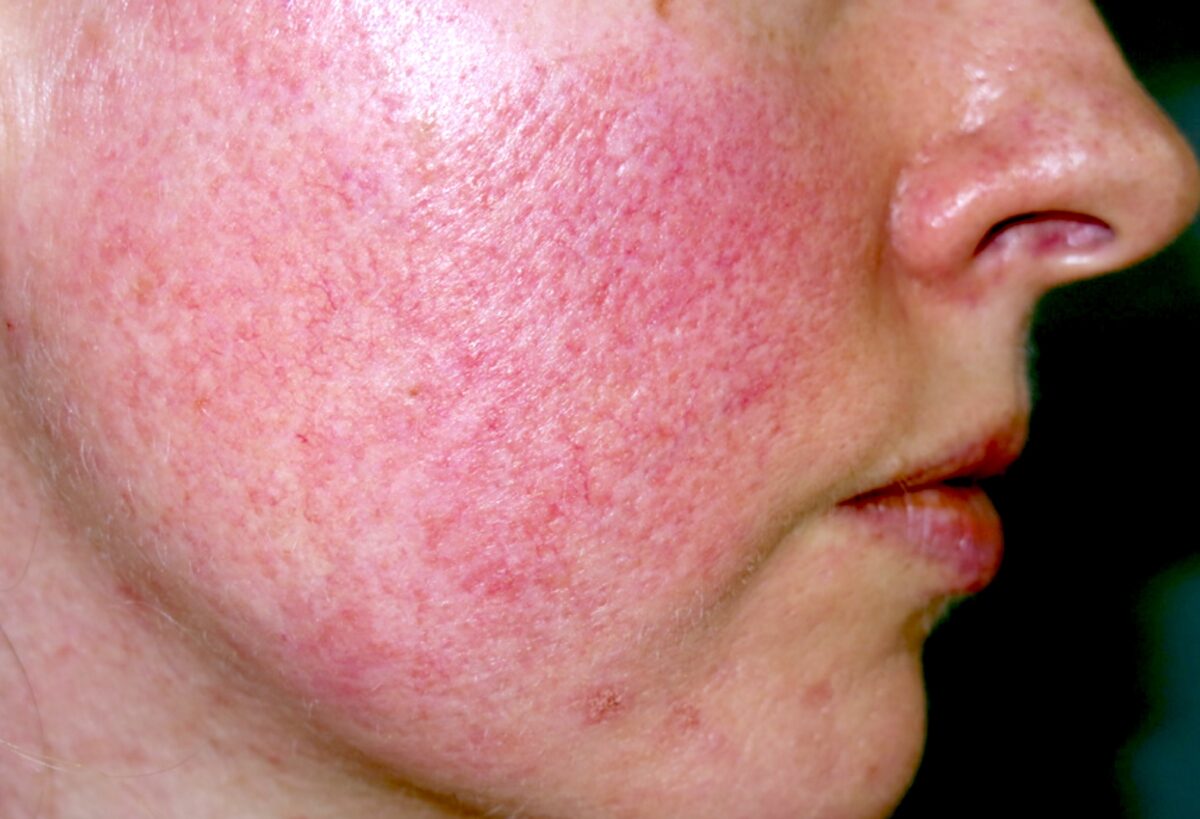IPL for Pigmentation: is this the treatment for you?
Pigmentation issues such as dark spots, age spots and sun damage are common skin concerns for many people. These imperfections can be a result of various factors, including excessive sun exposure, ageing, or genetics. While there are numerous treatments available to address these issues, our favourite option is Intense Pulsed Light known as IPL.
In this blog post, we will explore how IPL works for pigmentation, its benefits, and what you can expect from the treatment.
So what is IPL?
Intense Pulsed Light (IPL) is a non-invasive treatment that uses high-intensity pulses of light to treat various skin conditions. Unlike laser therapy, which uses a single wavelength of light, IPL emits a broad spectrum of light, targeting different layers of the skin. The light is absorbed by pigmented cells, which then break down and are naturally eliminated by the body. IPL can target issues like sun spots, freckles and pigmentation.
How Does IPL Work for Pigmentation?
IPL works through a process called photo rejuvenation. During the procedure, the IPL device is placed on the skin, emitting light that penetrates the skin layers. The light is absorbed by dark pigment (melanin) causing the pigmentation to break down. Once broken down, the body’s natural processes help eliminate these particles, resulting in a more even skin tone.
Here’s how IPL targets specific pigmentation issues:
- Hyperpigmentation: IPL treats dark spots caused by overproduction of melanin by targeting the pigment in the skin, breaking it up into smaller particles.
- Sunspots: The light is absorbed by the pigmentation caused by UV exposure, helping to fade or eliminate the appearance of sunspots.
- Age Spots: IPL works to reduce the visibility of age spots or liver spots, which are a common sign of aging skin.
Benefits of IPL for Pigmentation
- Non-invasive Treatment: It’s an ideal option for those who want to improve pigmentation without undergoing more invasive procedures.
- Minimal Downtime: Unlike some other treatments, IPL usually requires little to no downtime. Most patients can resume their normal activities immediately after treatment, though you may experience some redness or mild swelling that typically fades within a few hours. The pigment will be drawn out and remain looking darker for around a week.
- Quick Procedure: An IPL session typically lasts between 30-60 minutes, depending on the area being treated. It is a great option for people with busy schedules who want effective treatment in a short amount of time.
- Improved Skin Texture: In addition to reducing pigmentation, IPL can help improve the overall texture of your skin by stimulating collagen production and shrinking pore size. This can leave your skin looking smoother and more youthful.
What to Expect During an IPL Session
Before the treatment, Rachel will evaluate your skin and discuss your goals. We will apply a cooling ultra sound gel to the treatment area to ensure the light is directed exactly where we want it. During the procedure, you may feel a mild sensation, such as a snap or sting, similar to a rubber band snapping against the skin. However, the discomfort is usually minimal, and most patients find it tolerable.
After the procedure, you may experience slight redness or swelling, but this typically subsides within a few hours. You might also notice that the pigmented areas darken before they start to fade over the next few days. For optimal results, multiple sessions are often recommended (typically a course of 3 treatments, spaced about 4 weeks apart).
IPL Aftercare for Pigmentation
To ensure the best results and minimise side effects, it’s SO important to follow the aftercare we recommend after your IPL session:
- Sun Protection: After IPL, your skin will be more sensitive to sunlight. It’s crucial to use a broad-spectrum sunscreen with SPF 30 or higher to protect your skin from further pigmentation. We recommend Alumier’s range of sunscreens.
- Avoid Heat: For the first 48 hours, avoid hot showers, saunas, or strenuous exercise that could cause sweating, as this may irritate the treated skin and lead to unwanted complications.
- Moisturise: Keep your skin hydrated using a gentle, non-irritating moisturiser. We can recommend the right moisturiser for your skin.
- Avoid Picking or Scratching: If the treated areas form scabs or become flaky, do not pick at them, as this can cause scarring or pigmentation changes. Be patient and wait for the pigment to flake away on it’s own.
Who is a Good Candidate for IPL?
While IPL is generally safe for most people, certain individuals may not be ideal candidates for the procedure:
- People with Darker Skin Tones: IPL may not be suitable for individuals with dark skin, as the treatment can sometimes cause pigmentation issues or burns.
- Pregnant Women: Pregnant women should avoid IPL, particularly for treating melasma, as hormonal changes can affect the results.
- Active Skin Infections or Open Wounds: IPL should not be used on areas with active infections, wounds, or certain skin conditions like eczema or psoriasis.
What we think
IPL is a versatile and effective treatment for pigmentation issues, offering a safe, non-invasive way to improve skin tone and texture. Whether you are dealing with sunspots, age spots or general pigmentation, IPL can help you achieve a clearer, more even complexion.
If you think this treatment is for you then book in for a consultation!
.jpg)

%20(1).png)






